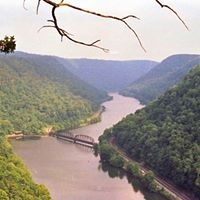The Buffalo River State Park is located in which US state?
Buffalo River State Park is a state park of Minnesota, United States, conserving a prairie bisected by the wooded banks of the Buffalo River. Together with the adjacent Bluestem Prairie Scientific and Natural Area owned by The Nature Conservancy, it protects one of the largest and highest-quality prairie remnants in Minnesota. However, it is most popular for swimming and picnicking.
American bison reliably wintered on the site of the future park, prompting Ojibwe people to call a stream Pijijiwizbi, meaning "Buffalo River." Euro-Americans arrived in the 1820's and recognized the fertile prairie soil as ideal farmland. A leg of the Red River Trails followed the ancient route along Campbell Ridge in the vicinity of the park. Bowing to mounting pressures against their traditional lifestyle, the local Ojibwe ceded the region to the United States in their 1855 Treaty of Washington.
Buffalo River State Park was created in the late 1930's, taking advantage of federal job creation programs during the Great Depression. The Moorhead Rod and Gun Club championed the site and the Minnesota Legislature officially added it to the state park system in 1937. Buffalo River State Park sees high local use, particularly for its swimming pool. Overnight visitors, conversely, are often far from home and using the park as a stopover on the way to a farther destination. Many campers come from Canada or the Dakotas.
More Info:
en.m.wikipedia.org




